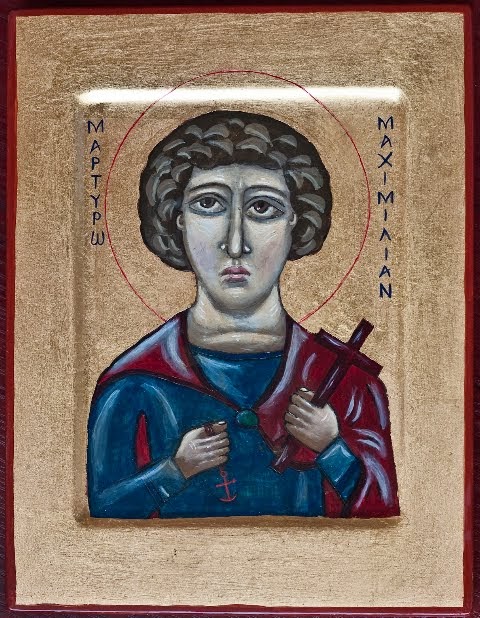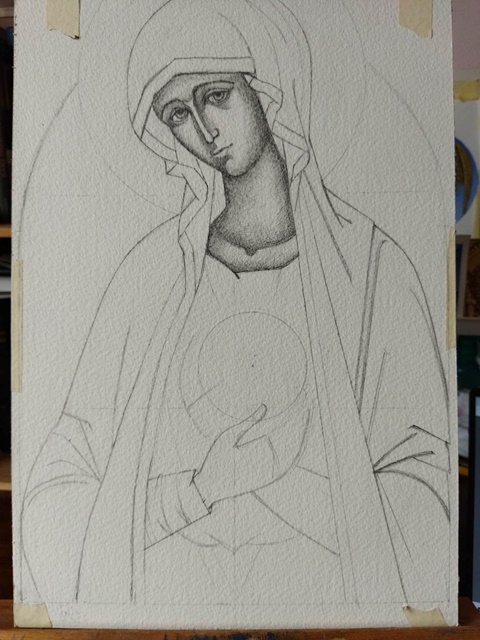
“I had to make sure the symbolism would rightly tell his story. “I went to work studying and learning about Blessed Oscar, and sketching the icon,” she explains. The church is not yet built, Imbruglia points out that the community is already very strong, and when the date of Blessed Oscar Romero’s canonization was announced, she “knew it couldn't wait.” When her former pastor and friend Father Patrick Kirsch was assigned to start a new church named Blessed Oscar Romero Catholic Community in Eastvale, California, she told him that she would write an icon for him when he eventually got the church edifice built.īut the icon process began earlier than anticipated at her Sacred Image Icons studio. To begin, she admits she really had never heard of Archbishop Oscar Romero until she started researching him. How and why did she come to write this icon of Saint Oscar Romero? How did she literally make El Salvador a part of it? What are the many symbols and what do they mean? The iconographer answered all these question. She also completed one of Saint Francis that she handed to Pope Francis. Imbruglia’s work was featured last year in the Register when she completed an icon of the Fatima now at the World Apostolate of Fatima headquarters in Washington, New Jersey. 14 canonization of Blessed Oscar Romero, iconographer Vivian Imbruglia completed an icon of the El Salvador archbishop assassinated while saying Mass. is managing editor of the Catholic Review, news outlet of the Archdiocese of Baltimore.Just in time for the Oct. One called the nearly 500-page report’s release “a huge step,” but “not the end.” Some expressed frustration that portions of the report were redacted. Sex abuse survivors spoke to the media in a news conference following the release of the report. “I can’t say today what the outcome will eventually be,” he said, “but there may be some redactions that are later disclosed.” He said the court will have his office notify those individuals “and give them an opportunity to look at what is being set forth and alleged and give them an opportunity - the court will - to object.” The report redacts some names that were obtained in the grand jury process, Brown said, and they cannot be disclosed without a court order or permission. When asked by the Catholic Review, Baltimore’s archdiocesan news outlet, whether there are plans to conduct investigations into other organizations or the public schools, Brown said only that “our focus right now is on the archdiocese.”

The attorney general said subpoenas have already been issued as his office investigates sexual abuse in the Archdiocese of Washington and the Diocese of Wilmington, Delaware, the two other Catholic dioceses whose territory includes parts of Maryland.

“The report seeks to document this long and sordid history.” “What was consistent throughout the stories was the absolute authority and power these abusive priests and the church leadership held over survivors, their families and their communities,” Brown said. The Archdiocese of Baltimore cooperated with the investigation, turning over hundreds of thousands of pages of documents going back to the 1940s. He said more than 300 people contacted the attorney general’s office since its investigation began five years ago, with his office interviewing hundreds of survivors and witnesses. “While it may be too late for the survivors to see criminal justice served, we hope that exposing the archdiocese’s transgressions to the fullest extent possible will bring some measure of accountability and perhaps encourage others to come forward,” Brown said.

Speaking with journalists moments before his office released the long-anticipated report, Brown said that while stories of abuse have been documented in the past, his office hoped to “make public for the first time the enormous scope and scale of the abuse and concealment perpetrated by the Archdiocese of Baltimore.” BALTIMORE (OSV News) - Maryland Attorney General Anthony Brown said April 5 that he hoped his office’s report on child sex abuse in the Archdiocese of Baltimore, namely from the 1940s to the early 1990s, will expose “transgressions to the fullest extent possible.”


 0 kommentar(er)
0 kommentar(er)
